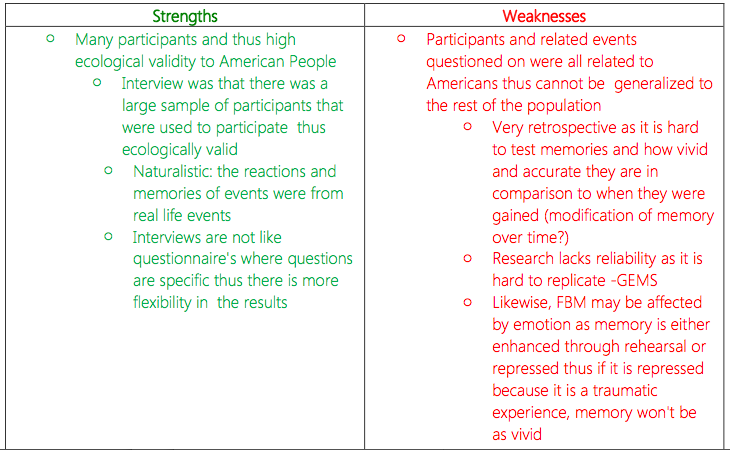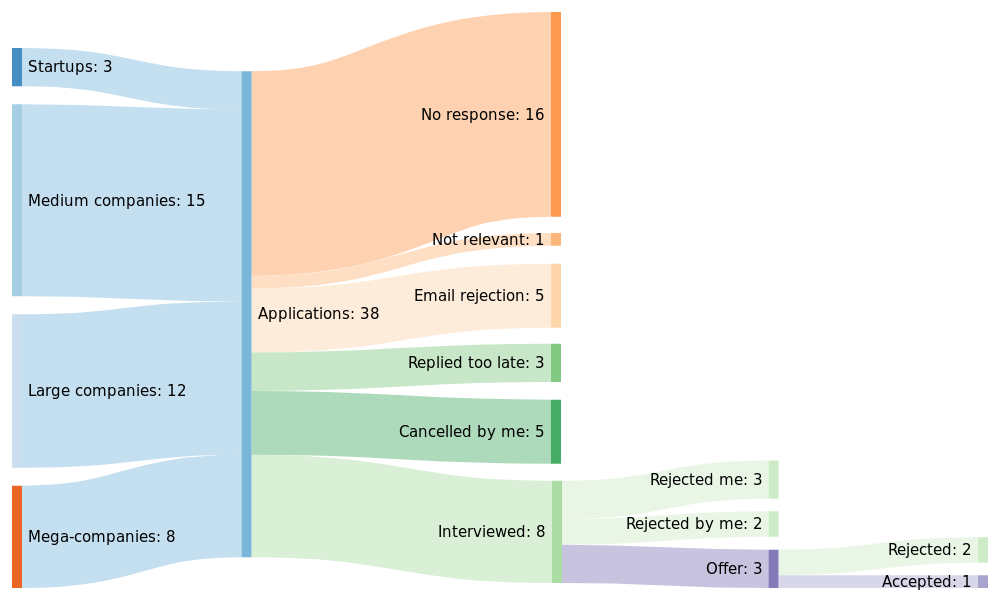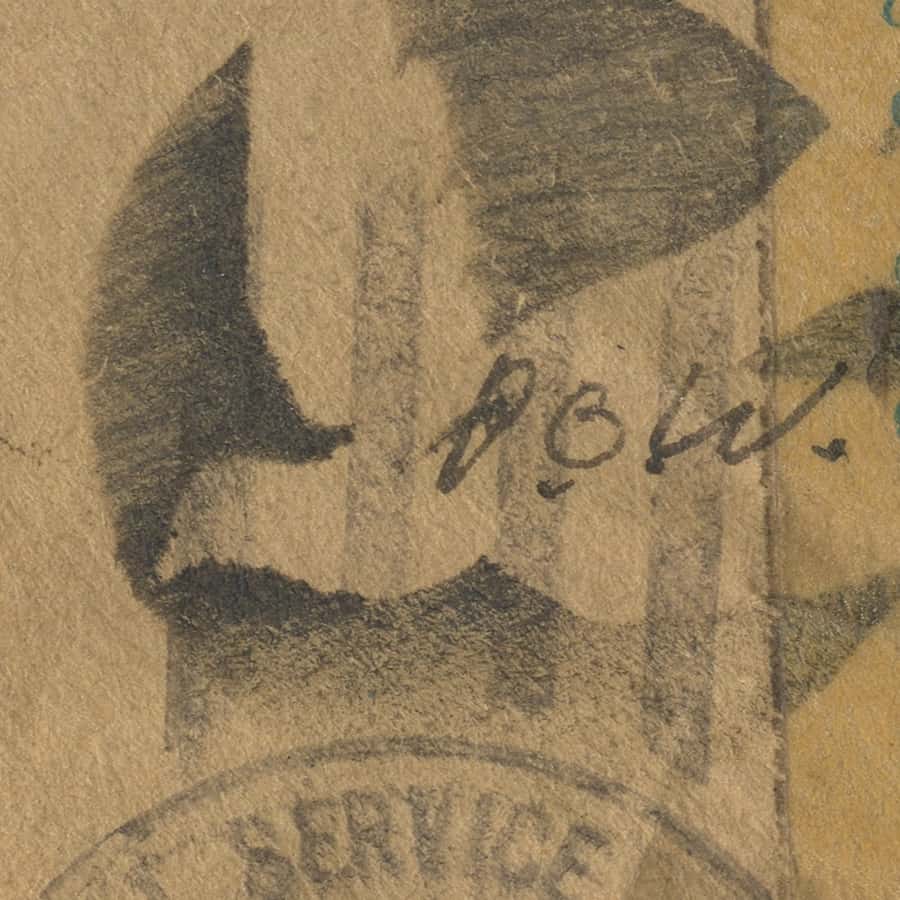How To Learn Kanji in 6 Easy Steps: A Guide For Japanese.
How to write kanji. Philip Seifi. When a student is taught kanji, one of the first thing that is explained to him is the concept of stroke order—the one and only correct way of writing kanji characters. Unfortunately, the reason behind it as well as the main rules are often left undiscussed.
The Kanshudo complete guide to writing Japanese Kanshudo's guide to writing Japanese In this guide you'll learn the standard strokes used to draw all Japanese kanji, how to determine the stroke order for a kanji, the differences between printed and handwritten forms of kanji and more!

Japanese Kanji for Numbers First, let’s look at numbers. The first three are very straightforward to remember: a single line (one), two lines (two), three lines (three).

Kanji is one of the three kinds of scripts used to write in Japan. It is not usually used for foreign names, which are usually written in the phonetic katakana script. 02 of 08.

Kanji is a form of the Japanese writing taken from the Chinese characters. Each kanji represents an idea, such as an object, thing or quality. Articles and insights about Japan, the Japanese culture and the Japanese language, expanding the information about the words in the dictionary. We've compiled some lists of words having the same.

Japanese has two “alphabets” called hiragana (curvy like English cursive), and katakana (angular like English print). The two together are called kana. The third writing system, kanji, is not really an alphabet or a syllabary. Instead, it represents whole words.

A Guide To Reading and Writing Japanese 3rd edition (Henshall, Seeley and De Groot) 142 A Guide To Remembering Japanese Characters (Kenneth G. Henshall) 130 A New Dictionary of Kanji Usage 3719 Classic Nelson (Andrew Nelson) 70 Essential Kanji (P.G. O’Neill) 58 Japanese Kanji Flashcards (Max Hodges and Tomoko Okazaki).

Japanese names are normally written using kanji characters, not katakana. The Japanese write foreign words phonetically, so it is not always possible to say how a name should be written in Japanese without further information.

There are two other systems used to write in Japanese. These systems are called hiragana and katakana (together they are called “kana”). They show how a word is pronounced because each character stands for a syllable (a, ka, sa, ta etc.).

Adding Furigana to Your Microsoft Word Document. Most people have no trouble getting their computer to type Japanese, but adding furigana (small hiragana over kanji) for documents and PDFs can be a little harder. This page will discuss how to add furigana in Microsoft Word 2007 up.

I think if you go overboard with the kanji you can start seeming like a Natume Soseki novel or something so, you know, if it's commonly written in hiragana try to follow convention (although I, and I think most Japanese students who get to a certain level, went through a phase where I'd use all the unnecessary kanji spellings of everything).

Japanese writing systems. Japanese uses a combination of the following four writing systems: Kanji: Chinese characters, introduced to Japan via Korea around the third or fourth century AD, are primarily used for word roots and stems. There may be as many as 50,000 kanji characters, though only 5,000 to 10,000 are commonly used.

Mainly the text is written with hiragana and kanji in current Japanese language. Katakana is used when they write word or name from non Chinese countries and when they are designated to write katakana. And when they don't know kanji, they write hiragana or katakatana instead of kanji.



